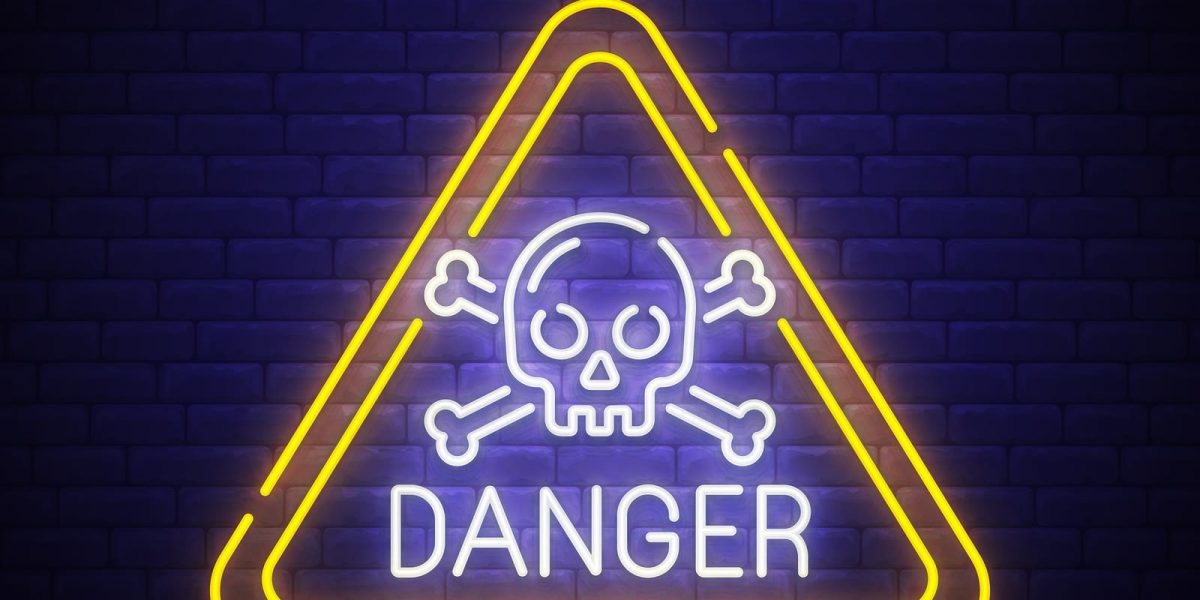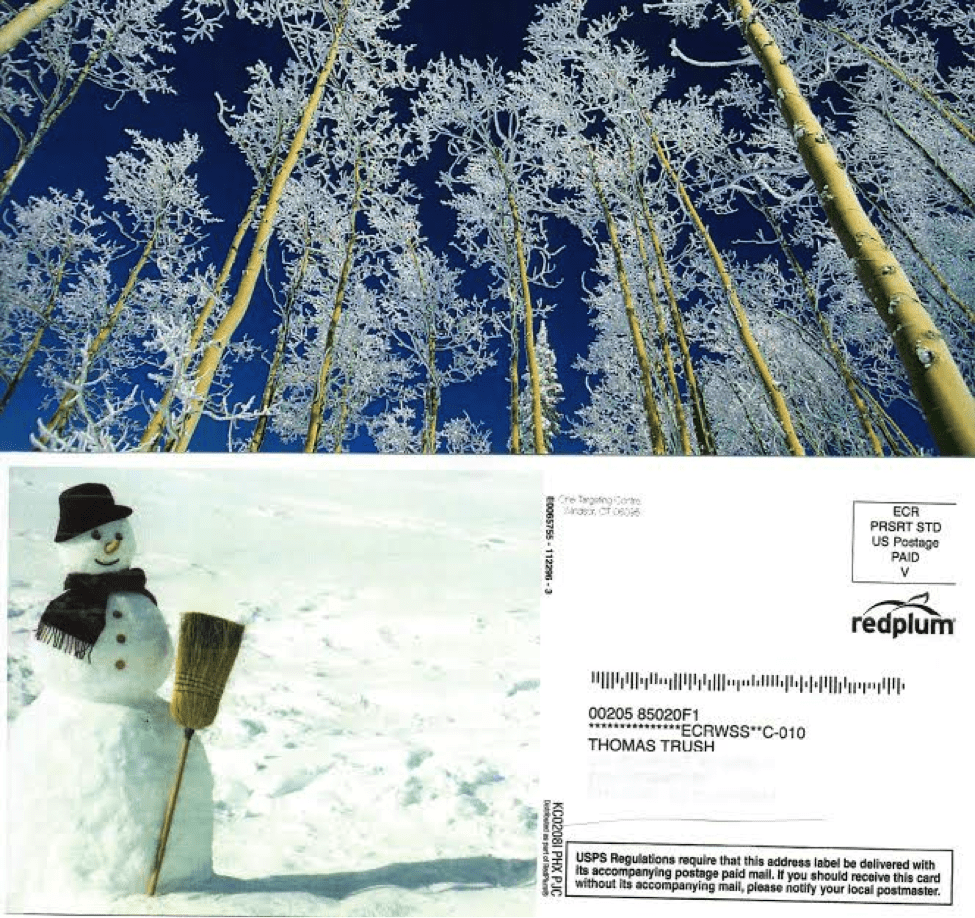By Tom Trush
The piece stole my interest the instant I opened the mailbox. It was a panoramic postcard with vivid colors that showcased a snowy landscape – a bright blue sky framed by a forest of leafless trees.
I imagined myself framing the picture because it was so stunning.
However, my marketing mind then took over. I wondered…
Is this an ad for a ski resort? Maybe a landscaping company? Or maybe even a travel agency?
I scanned the postcard in hopes of finding an answer.
Nothing.
Sure, there was a company name (which I’ll keep private) – but nothing else.
No offer… No headline… No contact information… Not even a description of what the company does.
Just a beautiful picture.
It’s baffling to see just how many companies promote their products and services using poor ads. Of course, I don’t want you making the same mistake.
You’ll just end up frustrated – and with a lighter wallet.
So, let me share one of my favorite tales of triumph with you (at least as it relates to ad response):
Ernest Shackleton was an Irish-born, 20th century explorer who led numerous polar expeditions and devoted his life to one goal:
Complete the first crossing of Antarctica.
In 1901, he came within 745 miles of the South Pole. Seven years later, he pressed to within just 97 miles.
Then, in 1914, he coordinated what was billed as the British Imperial Trans-Antarctic Expedition, but before he could set sail, he needed a crew…
As records show, he placed an ad for recruits in a London newspaper. It read:
———————————————–
MEN WANTED
for hazardous journey, small wages,
bitter cold, long months of complete
darkness, constant danger, safe re-
turn doubtful, honor and recognition
in case of success.
Ernest Shackleton 4 Burlington st.
———————————————–
Crazy ad, isn’t it? After all, who would volunteer for such torture?
Well, the ad resulted in more than 5,000 men applying for the “job.” Of those people, Shackleton selected 27 for his crew.
I tell you this story because it demonstrates someone who didn’t hesitate to promote in a daring way.
Of course, you don’t have to go this extreme – but you do have to be different if you expect to stand out from your competitors.
When you market in an unconventional manner, you’ll feel alone at times. People will criticize you.
And that’s okay.
In Shackleton’s case, his journey created incredible hardship that delivered on the ad’s “promise.” His wooden ship (appropriately named Endurance) became trapped in pack ice.
Eventually, after nearly two years of drifting on ice flows, settling on an uninhabited island, and crossing 26 miles of mountains and glaciers to reach a whaling station, he led all 27 members of his crew to rescue.
Shackleton’s journey, and the promotion around it, was dangerous. Unfortunately, this same term is typically used by business owners and entrepreneurs when considering marketing that’s different.
Sure, failure is possible when going against the norm. After all, like Shackleton, you’re exploring unfamiliar waters – so if Plan A doesn’t work, simply start testing other options.
When advertising, I use an 8-point checklist to help determine if an ad is different enough to attract attention and generate responses. Here are the requirements:
- Would this piece attract attention if positioned near competitors (is it better than the ordinary)?
- Does this piece avoid the appearance of being an ad?
- Is the message focused on the prospect, instead of the business?
- Is the piece too valuable to throw away?
- Does the piece have a headline that lures in prospects?
- Does the piece target a single audience?
- Does the copy “talk” in a casual language that prospects understand?
- Does the piece have a compelling offer that makes the next step crystal clear?
And finally, I’ve mentioned this before but it’s worth stressing again…
Don’t fall for the lie likely responsible for millions of dollars in unnecessary spending. If you’ve done any print advertising, you’ve likely heard it before:
Readers must see your ad multiple times before they remember and respond it.
The ad execs only tell you this to pad their pockets. The truth is, if you use a bad ad, you won’t get responses whether you run it 1 or 1,000 times. An ineffective ad can’t magically become effective, regardless of how many times you use it.
That’s why it’s critical you make changes to your ads until they generate the leads you need. If a publication insists you run the same ad over and over again, stop advertising with them.

